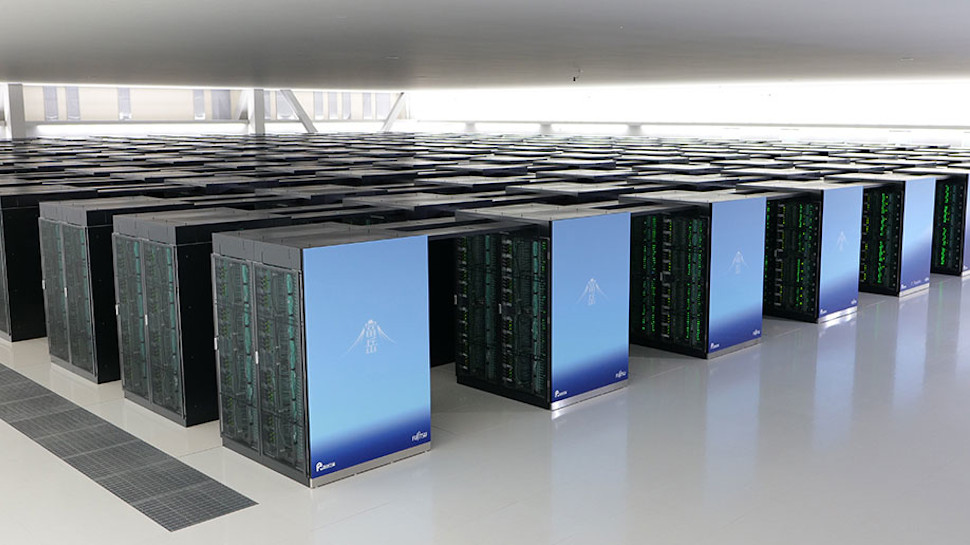The world’s most powerful supercomputer has set yet another performance record, inching the high performance computing (HPC) industry ever-closer to the landmark exascale barrier.
As per the latest bi-annual Top500 rankings, Japanese supercomputer Fugaku has extended its lead at the top by a modest margin, with a new peak performance of 442 petaFLOPS by the High Performance Linpack (HPL) benchmark (up from 416 petaFLOPS in June).
The machine also improved upon its performance in the mixed precision HPC-AI workload, increasing its score by more than a third to reach 2.0 exaFLOPS. For context, no other supercomputer has yet managed to exceed a 1.0 exaFLOPS benchmark score for any precision level.
The improvements were the product of a circa 330,000-core increase to Fugaku’s Arm-based Fujitsu A64FX CPU capacity, bringing the total to 7,630,848 cores (more than three times the number found in the second place machine, IBM Summit).
World’s most powerful supercomputers
Overall, the latest version of the Top500 ranking remains largely unchanged. Unlike in previous iterations, no major leaps were made in terms of overall lead, aggregate power, nor new entries.
The full list is said to have recorded the smallest number of new entrants since it was first composed in 1993. Reflecting that fact, the entry threshold has increased by only a small margin since June – from 1.23 to 1.32 petaFLOPS.
Likewise, the aggregate performance of all 500 machines grew only slightly from 2.22 to 2.43 exaFLOPS, while average concurrency per system remained practically unchanged.
There were, however, two new additions to the top ten: the JUWELS Booster Module at position seven and Dammam-7 at number ten.
The former is based on AMD EPYC CPUs and Nvidia A100 GPUs and was built by IT services firm Atos; reaching 44.1 HPL petaFLOPS, it becomes the most powerful system based in Europe.
Dammam-7, meanwhile, is located in Saudia Arabia and represents just the second model in the top ten to be used in a commercial context. It’s based on Intel Gold Xeon processors and Nvidia Tesla V100 GPUs, and reaches 2.24 petaFLOPS by the HPL benchmark.

Comments are closed.